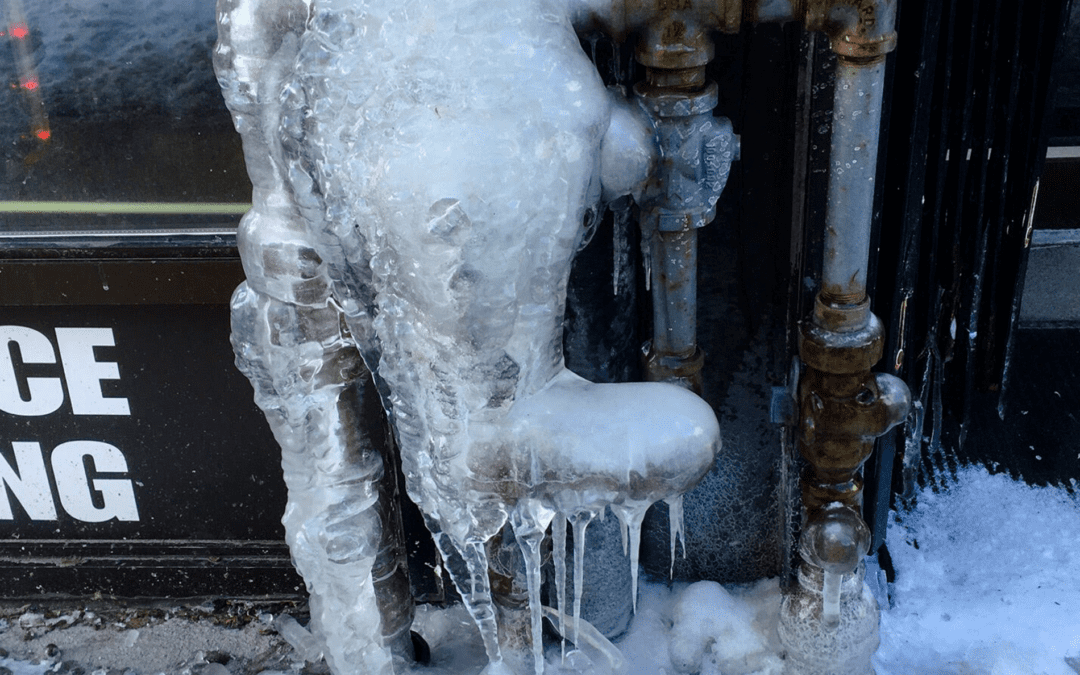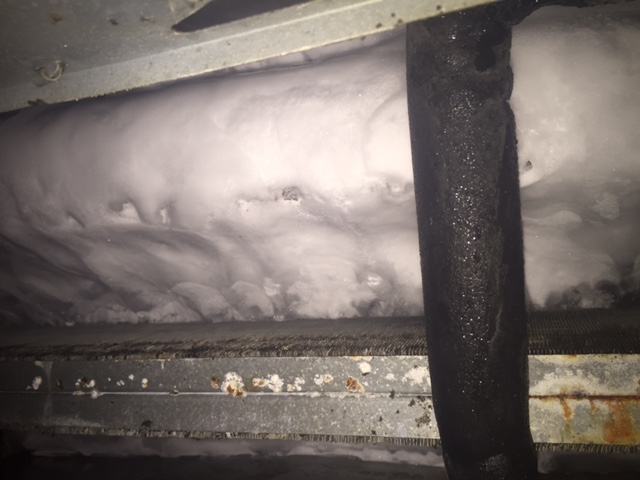Advice on Unfreezing a Frozen AC Pipe - Reinstating Proper Operation
Advice on Unfreezing a Frozen AC Pipe - Reinstating Proper Operation
Blog Article
We've stumbled upon this post about What Do I Do If My AC Pipe Is Frozen down the page on the web and think it made sense to discuss it with you on my blog.

Intro
Discovering that your air conditioning pipe is iced up can be worrying, specifically during warm summer months when you depend on your air conditioner one of the most. Recognizing what to do in such a situation is essential to prevent additional damages to your cooling system and guarantee your convenience inside your home.
Recognizing the Causes
Numerous variables can contribute to the cold of an AC pipeline. Recognizing these causes can aid you attend to the problem successfully.
Lack of Airflow
One common reason for a frozen air conditioning pipeline is inadequate airflow. When the airflow over the evaporator coil is limited, it can trigger the coil to go down below freezing temperature level, leading to ice formation on the pipe.
Low Refrigerant Levels
Inadequate refrigerant levels in your a/c system can also cause an icy pipe. Reduced refrigerant levels can trigger the pressure in the system to go down, causing the freezing of moisture on the evaporator coil.
Winter Conditions
In chillier climates, freezing temperature levels outside can contribute to the cold of air conditioning pipelines. If your air conditioning system is not properly protected or if there are leaks in the ductwork, cool air can infiltrate the system, causing the pipeline to ice up.
Dirty Air Filters
Dirty or clogged up air filters can limit airflow in your air conditioner system, causing different issues, consisting of a frozen pipeline. It's important to replace or cleanse your air filters frequently to make certain appropriate airflow and protect against ice accumulation.
Indicators of a Frozen A/c Pipe
Recognizing the signs of an icy air conditioning pipeline is crucial for timely activity.
Decreased Airflow
If you observe a significant decrease in air movement from your vents, it might show a frozen pipeline.
Ice Buildup on the Pipe
Visible ice build-up on the refrigerant line or the evaporator coil is a clear sign of a frozen a/c pipe.
Odd Sounds from the Unit
Unusual sounds, such as hissing or bubbling, coming from your AC unit can signify that there's ice present on the pipe.
Immediate Actions to Take
When confronted with an icy AC pipeline, it's important to act promptly to prevent more damages to your cooling system.
Turning off the air conditioning
The very first step is to switch off your ac system to prevent the system from running and intensifying the issue.
Looking for Blockages
Inspect the area around the indoor device for any kind of blockages that might be blocking air movement, such as furnishings or drapes.
Defrosting the Pipe
You can make use of mild methods like positioning towels soaked in warm water around the frozen pipe to assist thaw it slowly.
Safety nets
Taking safety nets can aid avoid future events of an icy AC pipe.
When DIY Methods Fail
If your attempts to thaw the pipe or address other problems are not successful, it's time to contact a professional.
Importance of Hiring a Professional HVAC Technician
A qualified HVAC technician has the knowledge and tools needed to identify and repair concerns with your air conditioner system securely and effectively.
Regular Maintenance Checks
Set up normal upkeep contact an expert HVAC professional to make sure that your air conditioning system is running efficiently.
Changing Air Filters
Routinely replace or cleanse your air filters to avoid air flow limitations and keep optimal performance.
Insulating Exposed Pipes
If your AC pipelines are subjected to cool temperature levels, consider shielding them to stop cold throughout cold weather.
Seeking Professional Help
If DIY approaches fail to fix the issue or if you're unclear about exactly how to proceed, it's finest to seek help from a qualified HVAC technician.
Verdict
Taking care of an icy a/c pipe can be an aggravating experience, yet understanding how to react can assist lessen damages and recover convenience to your home. By understanding the reasons, acknowledging the indicators, and taking timely action, you can properly attend to the issue and stop future occurrences.
What to Do If Your AC Line Is Frozen
Make Sure All Supply and Return Air Vents Are Open
If you notice problems with airflow, the first thing you should do is check your supply and return vents. Supply vents distribute clean, conditioned air throughout your home. As this air becomes stale, it’s pulled into the return vent, where it’s reconditioned before being sent back out through the supply vent.
When these vents are closed, air won’t flow in the home. Before examining your AC, check the vents in every room and ensure they’re all open.
Check for a Dirty Air Filter
Another possible cause of limited airflow is a dirty air filter. Your air conditioner’s filters catch elements you don’t want to breathe in, such as dirt and dust. Over time, filters can become clogged, ultimately blocking air from flowing in and out. The lack of airflow can then cause the entire coil to freeze and will completely restrict any air from moving through it. The AC may need to be powered off for one to two days to allow the coil to thaw after replacing the filter to allow proper functioning of the unit. This debris can also accumulate on your AC’s evaporator coil, requiring a more serious repair. In general, air filters should be cleaned regularly (about every two weeks).
Assess Your Outdoor Unit
In addition to checking your AC, assessing the outdoor unit is a good idea. Also known as the condensing unit, it works with your interior unit to release heat outside. An issue with the outdoor unit can result in rising internal temperatures.
Overgrown Shrubs or Clogged Leaves
From leaves and twigs to shrubs and debris, there’s no shortage of outdoor elements that can accumulate around your condensing unit. When these elements get lodged inside the unit, they can block airflow. Fortunately, removing the blockage can solve the problem.
Sounds of a Broken Fan
Shrubs and leaves aren’t the only things that can impede your outdoor unit’s airflow. If the fan is broken, the unit won’t be able to properly get rid of heat — which means the internal temperature won’t go down. First, make sure the fan is spinning. If it is, check for the following sounds of a broken fan:
Buzzing Rattling Screeching Hissing Clicking Preventative Measures
Nobody wants to deal with a frozen AC line. In addition to causing problems with your air conditioner, they require professional repairs. On the bright side, there are preventative measures you can take to help ensure this issue doesn’t arise in the first place.
https://www.coopergreenteam.com/blog/what-to-do-if-ac-line-frozen

We were shown that write-up about What Causes AC Pipes To Freeze? through an associate on another domain. Be sure to take the opportunity to share this blog posting if you appreciated it. Kudos for your time. Visit us again soon.
Information Report this page